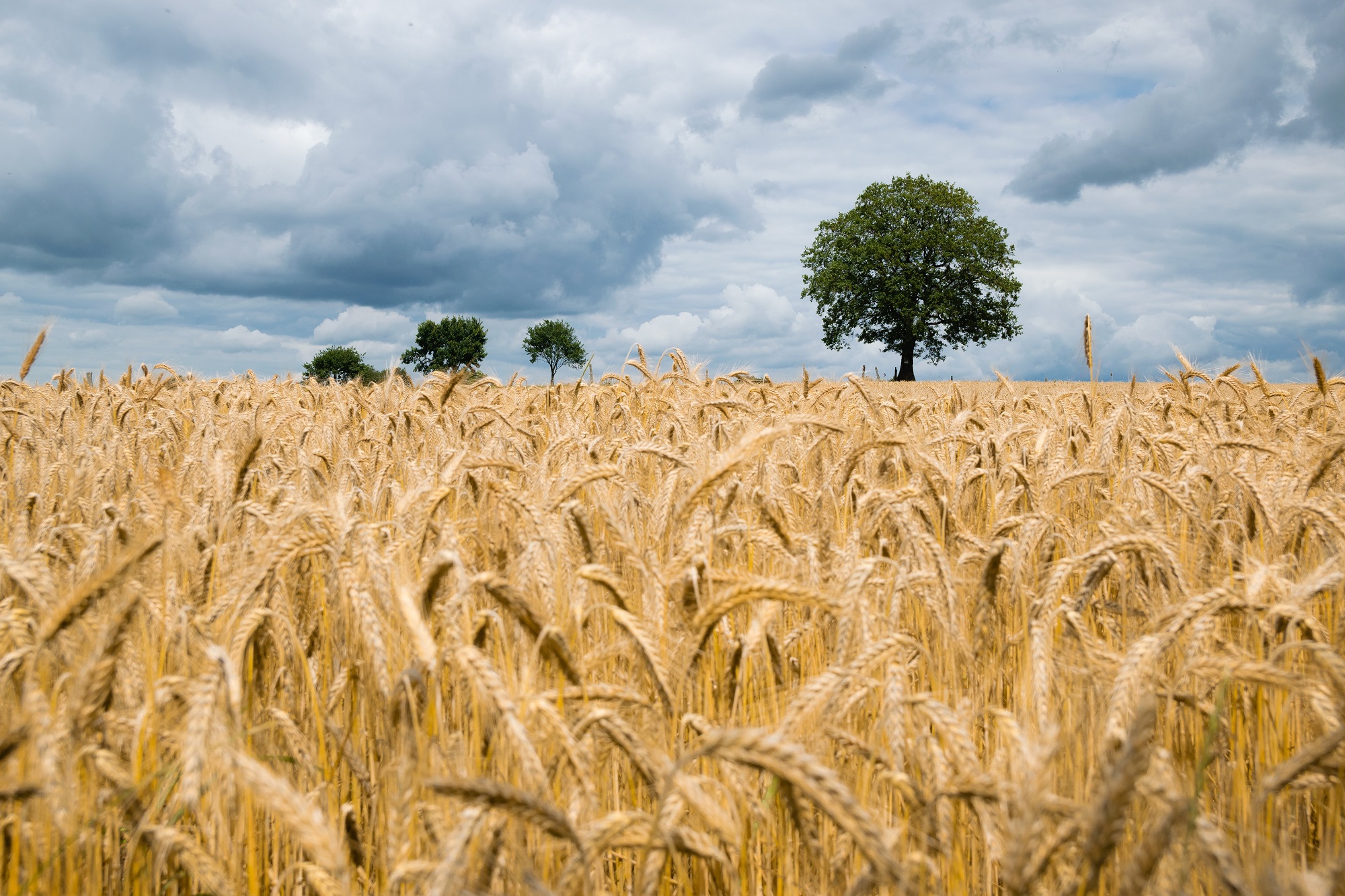There are billions of microorganisms living in the soil. These organisms play a vital role in sustaining life on earth. Yet, traditional soil testing services fail to give farmers an understanding of the microbial biomass (fungi and bacteria) linked to soil health. Modern soil testing services allow farmers to analyze the microbiome of their soils. Let’s take a look at why a microbiome soil test can be a helpful complement to a traditional soil test.
Traditional Soil Testing Services
Traditional soil testing services analyze the chemical and physical properties of soil. Results typically include measures like PH, organic matter, nitrogen, phosphorus, potassium, and calcium.
With this information, farmers can decide how to apply fertilizers or implement land management practices like planting cover crops to address nutrient deficiencies.
The downside to only using this method is that it focuses simply on the short-term health of the soil. If a soil is nutrient deficient, a typical scenario is to add fertilizers. When the nutrients again become depleted, fertilizer is added again.
In addition, with traditional soil testing, multiple soil samples and tests have to be done to understand each soil property.

How Microbiome Soil Testing is Different
In a single test, modern soil testing services measure the number and diversity of microbes that live in the soil. These tests also assess their metabolic activities, such as nitrogen fixation or decomposition processes. By identifying which species are present in the soil, connections can be made between organisms in the soil and growth patterns, plant diseases, or problems with nutrient availability.
For example, microbes require oxygen to grow. So do plant roots. A microbiome test may find that many organisms have adapted to growing in anaerobic conditions without oxygen. In that case, it suggests a problem with the soil’s physical structure. Management decisions can then be made to improve the oxygen penetration of the soil. In that way, microbiome testing offers a whole other suite of insights that can’t be gleaned from traditional soil testing.
Researchers are constantly working to understand which microbes are associated with specific management practices and soil conditions. A study by a group of researchers at Cornell University recently found that some aspects of the microbiome in the soil can predict soil health metrics and properties.
When farmers are armed with information about the microbiome of their soil, they can make sustainable adjustments based on existing research, such as adding microorganisms via biofertilizers. These organisms provide an eco-friendly organic alternative to synthetic fertilizers and pesticides.
Research has shown that adding biofertilizers can increase yields by up to 20 percent in certain conditions and reduce dependencies on synthetic fertilizers.
Additionally, they can continue to work to build healthy soil years after they’re applied because they maintain the natural habitat of the soil.

The Benefits of Understanding the Microbiome of Soil
Numerous benefits make soil microbiome testing invaluable for farmers and agronomists alike.
From using biofertilizers to planting cover crops, microbiome testing allows farmers to better understand the impact of their management decisions.
“Farmers who can do experiments in their field can use it as an information source,” said Dr. Roland Wilhelm, an assistant professor in the Agronomy Department at Purdue University and co-author of the Cornell soil microbiome study. “Say you want to try something new in your field and think it’s going to improve the soil carbon. A test with the microbes will tell you whether your management practice had an effect.”
In turn, farmers can make informed fertility management decisions, not just for the next growing season but for the lifetime of the soil. This is because microorganisms improve soil fertility in a symbiotic way.
Finally, as new discoveries about organisms in the soil are made, farmers can apply that knowledge to their fields.
Data You Can Use in the Future
Unlike traditional soil testing, data from a microbiome is forward-compatible, meaning new insights can be gleaned as discoveries about soil organisms are made. Like human genetic testing, as discoveries about human genes are made, the test’s original results can be compared to those new insights.
“At this point, we don’t know everything about the ecology and complexity of soil. What this data can do, unlike a numerical number, is when we learn something new, we can go back and see if a farmer has these organisms. That data will always be relevant,” Wilhelm said.
The data could even prove to have widespread impacts beyond the food system.
“There are organisms that produce antibiotics that are quite valuable, and we know they are not everywhere,” Wilhelm said. “There are versions of these bacteria that are endemic in certain places. What happens if you find out, ‘Wow, my soil has these organisms?'”
A Complement, Not a Replacement
Farmers will always need to know the nutrient composition of the soil to implement short-term solutions. Microbiome testing is a supplement that can provide information on how best to manage soils for optimal crop yields in the long term. Farmers can test the microbiome once, and that information will be relevant for years to come.
Whether you’re a farmer looking for ways to increase your yields or an agronomist looking for new tools, microbiome soil testing services offer invaluable assistance in understanding what makes up our soils today—and tomorrow.
